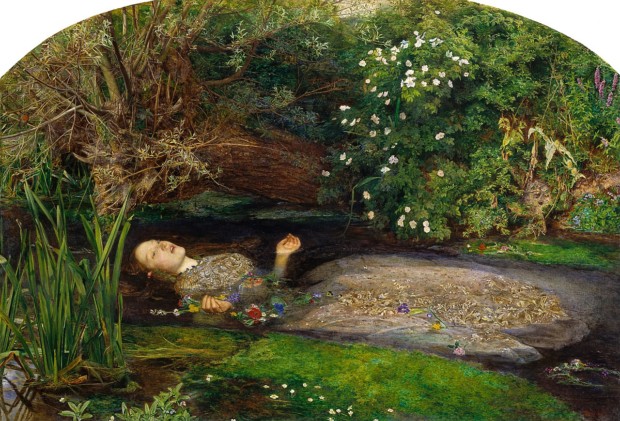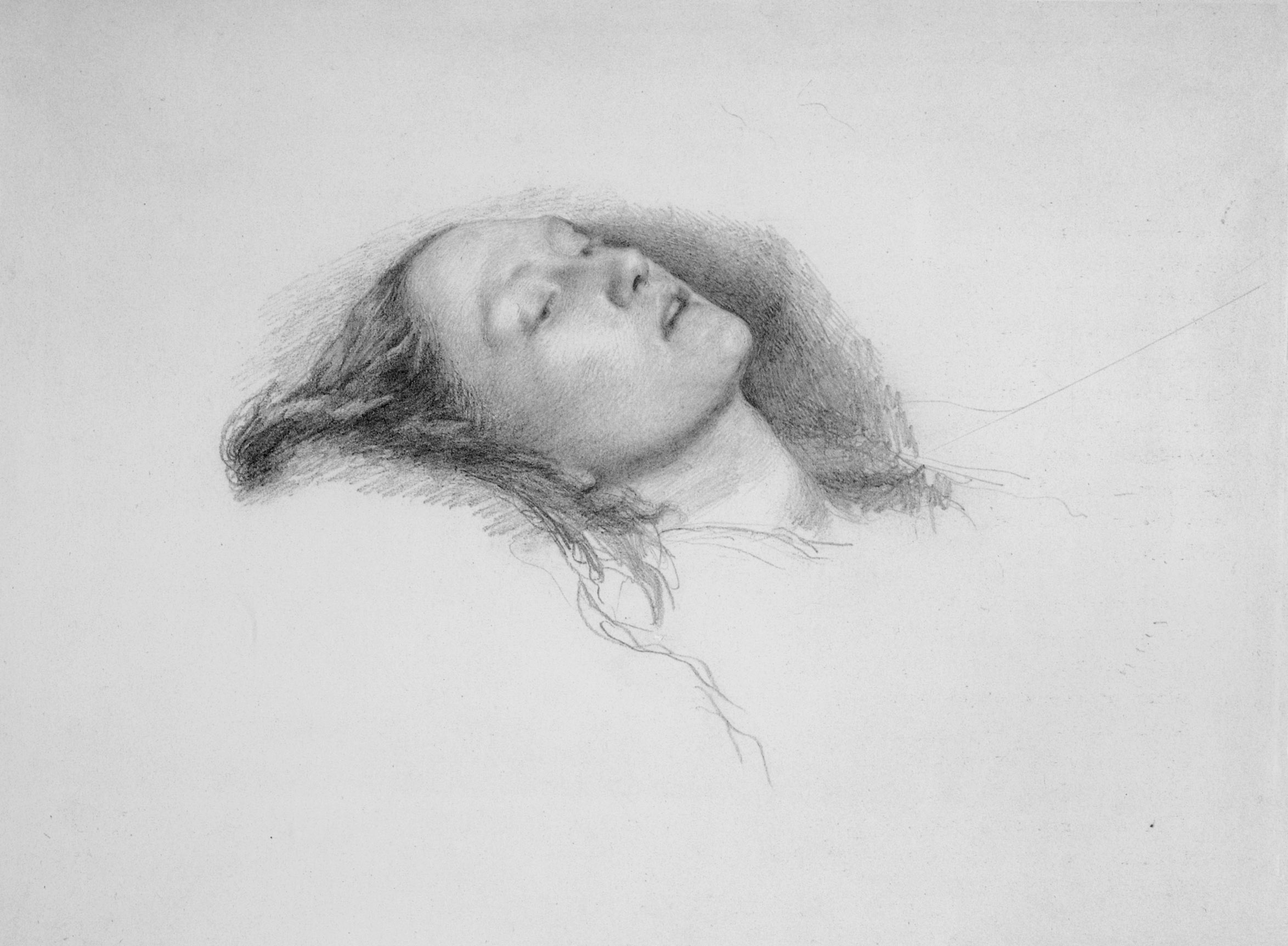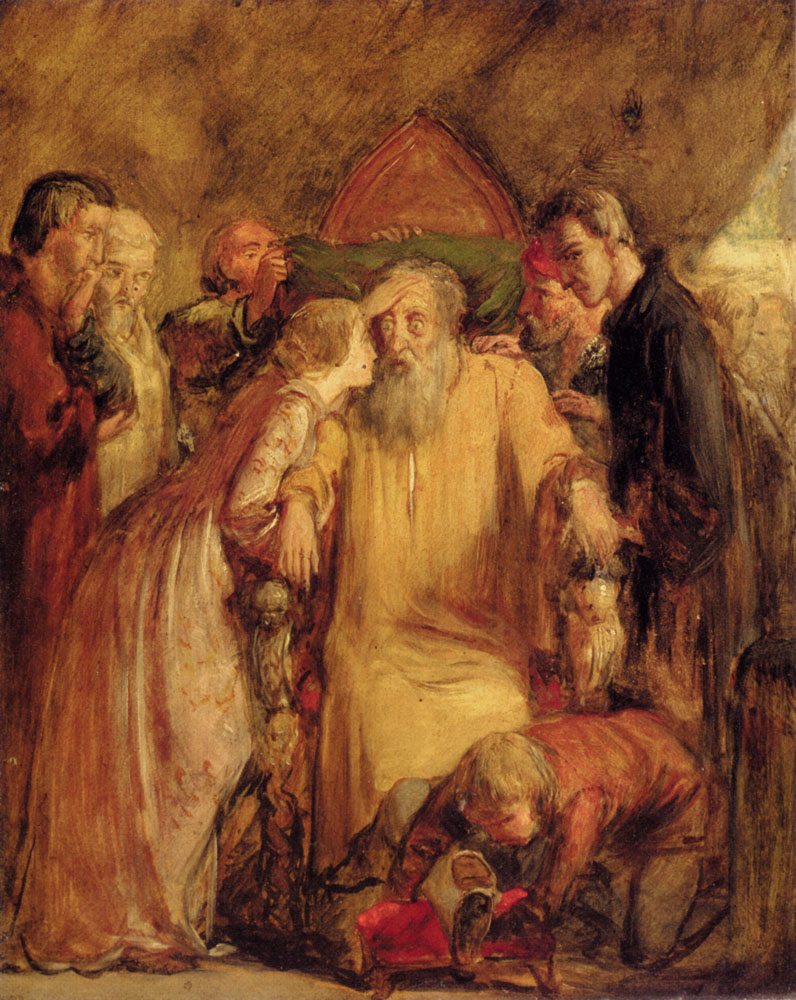The Downfall of the Mighty Lydian King Candaules in Art
Suppose you are not satisfied with any of the historical or fantasy dramas out there lately where all kinds of slander, deception, and politicking...
Erol Degirmenci 2 March 2023
23 April 2024 min Read
“To be or not to be, that is the question.” That famous quote probably reminded you of a certain writer, did it not? William Shakespeare, the author of Romeo and Juliet and Hamlet is one of the most consecrated writers in history. His plays are classics of dramaturgy and a source of inspiration for many works, such as John Everett Millais’ paintings.
Shakespeare was born in 1564 and produced most of his works from 1585, during the Renaissance period. He was a writer of his time and a man of the theater, but at the same time, his pieces deal with timeless themes: love, hate, revenge, justice, and jealousy.
John Everett Millais (1829-1896) known for integrating the Pre-Raphaelite Brotherhood, portrayed precious scenes from Shakespeare’s pieces. Among these productions, two scenes stand out: a scene with Ophelia, from the play Hamlet, and a scene with Lear and Cordelia, from the play King Lear.

This painting is one of the most beautiful works of Millais, and one of which made it very popular in the times of the Pre-Raphaelite Brotherhood. His inspiration comes from the play Hamlet, one of the main tragedies of the English writer. In Hamlet, Shakespeare tells the story of the young prince of Denmark, alerted by his father’s ghost that his uncle was responsible for his premature death. Hamlet vows revenge, but after the oath, he seems to question his own validity. Ophelia was Hamlet’s potential wife, who, due to Hamlet’s actions, ended up losing her sanity which ultimately lead to her drowning.

Ophelia threw herself into a stream. Millais represented it framed by the vegetation that surrounds the creek, highlighting what the Queen says at the end of Act IV:
… she chaunted snatches of old tunes
as one mermaid incapable of her own distress
Or like a creature native and indued into that element.
Completely oblivious to what surrounds her, in the painting, Ophelia gives herself to death in a melancholic and servile way. Although the subject is delicate, it is beautiful to see how Millais captured exactly the quality of those verses, showing the girl as if she were part of the scene, to finally “suffocate in the mud.”

King Lear is considered one of Shakespeare’s most mature pieces and is a definite tragedy about old age. Already old and tired, Lear decides to deliver his kingdom to his daughters, Regan, Goneril, and Cordelia. Unfortunately, the youngest cannot profess her love to him and is disinherited, while Regan and Goneril, queens of flattery, convince the old king that the love they have for him is infinite. The two older daughters are interested only in their inheritance.
In his work, Millais portrays scene VII of Act IV, when Lear, after much pain, rediscovers his disinherited daughter. In painting, as in the play, Lear is in a litter, around him are knights, and Cordelia, who lightly touches his head. When he sees his daughter, he does not immediately recognize her, believing he is dead.
Millais captured exactly the moment of confusion of the poor old man, his eyes wide, his expression confused, receiving the attention he no longer expected, the way he had treated his daughter. Cordelia lovingly bends over her father, while the knights watch. Lear claims not to be “with a very clear mind” but finally recognizes the daughter.
These artworks could be seen as a conversation between these two artists, both masters, each in their own art. Millais’ portrayal of Shakespeare’s scenes is not just beautiful, but also moving and accurate, succeeding in portraying feelings Shakespeare intended these scenes to convey.
DailyArt Magazine needs your support. Every contribution, however big or small, is very valuable for our future. Thanks to it, we will be able to sustain and grow the Magazine. Thank you for your help!